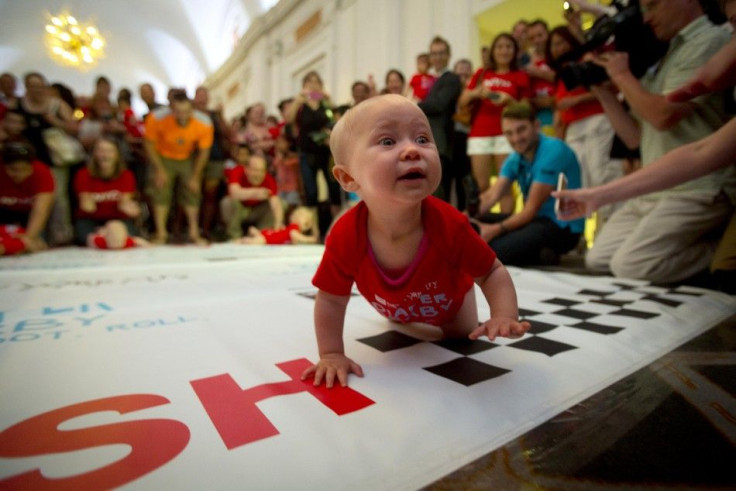A Virtual Toddler Who Behaves And Learns Like Humans
The Virtual Toddler BabyX Can Hear Words and Make Sense of Sounds

The Auckland Bioengineering Institute Laboratory for Animate Technologies in New Zealand has developed a virtual toddler named BabyX that will entertain, smile, giggle and recognize images. This is the next generation of computers that will interact with the user and will be able to use facial expressions for a realistic interaction.
The researchers wrote on their website, "We are developing multidisciplinary technologies to create interactive autonomously animated systems which will define the next generation of human computer interaction and facial animation."
The computer programme Baby X is trained to respond to certain situations through the computer camera. The user can talk to her, and through facial recognition technology the virtual baby can recognise and tell when a person is interacting with her. The baby is capable of hearing words, which she will then process and understand to make sense of sounds.
The computer algorithms in the brain of the virtual toddler will imitate the behaviour of a real baby. The toddler's movements and expression are captured from the actual movements of real babies.
This will make interactions more interesting and psychologically impress the user for having a relationship with his computer. When the virtual baby is praised, virtual dopamine hormones will be released that will make the baby smile or giggle on the screen. When the users hide from the baby, it will cause the stress hormone cortisol to rise virtually, which will increase the baby's stress levels.
The system used on the virtual baby is an analysis of faces and how certain situations can affect the brain. It is not based on the system used in neuroscience.
Researchers have programmed the brain to interact with certain commands. For instance, if the users hold up the word "milk" the virtual toddler will respond by saying the word "milk."
The Auckland University scientist Dr. Mark Sagar created Baby X from his own daughter Francesca. The main aim, he explained, was to create a computer that can learn, think and behave like a real human and grow into an artificial intelligent adult.
BabyXs programme is not limited to artificial intelligence -- it can be used anywhere like in shops. The lighting could be designed based on this programme to interact with a shop's customers.
BabyX could be the pioneer to creating artificial intelligence.
Source: YouTube/hayday12




















